Brief
We were asked to design and develop a new website for Three Mile Beach, with the key requirement being to quickly present all of the unique features and luxury experiences provided while you stay. Other requirements were to ensure the interface was user-friendly with clear 'book now' call to actions, as well as ensuring the website has an SEO friendly structure.
We were also asked to design and develop an application for guests staying at Three Mile Beach that would enable them to do the following via a tablet provided within their beach house:
- Order 'extras' such as pizza ovens, surf equipment, house refills and beach gear
- Read messages from Three Mile Beach and contact head office
- View menus for Chomp, the onsite gastro beach bar
- View events within the local area, automatically populated via a 3rd party events platform
- Access information about Three Mile Beach and the surrounding area
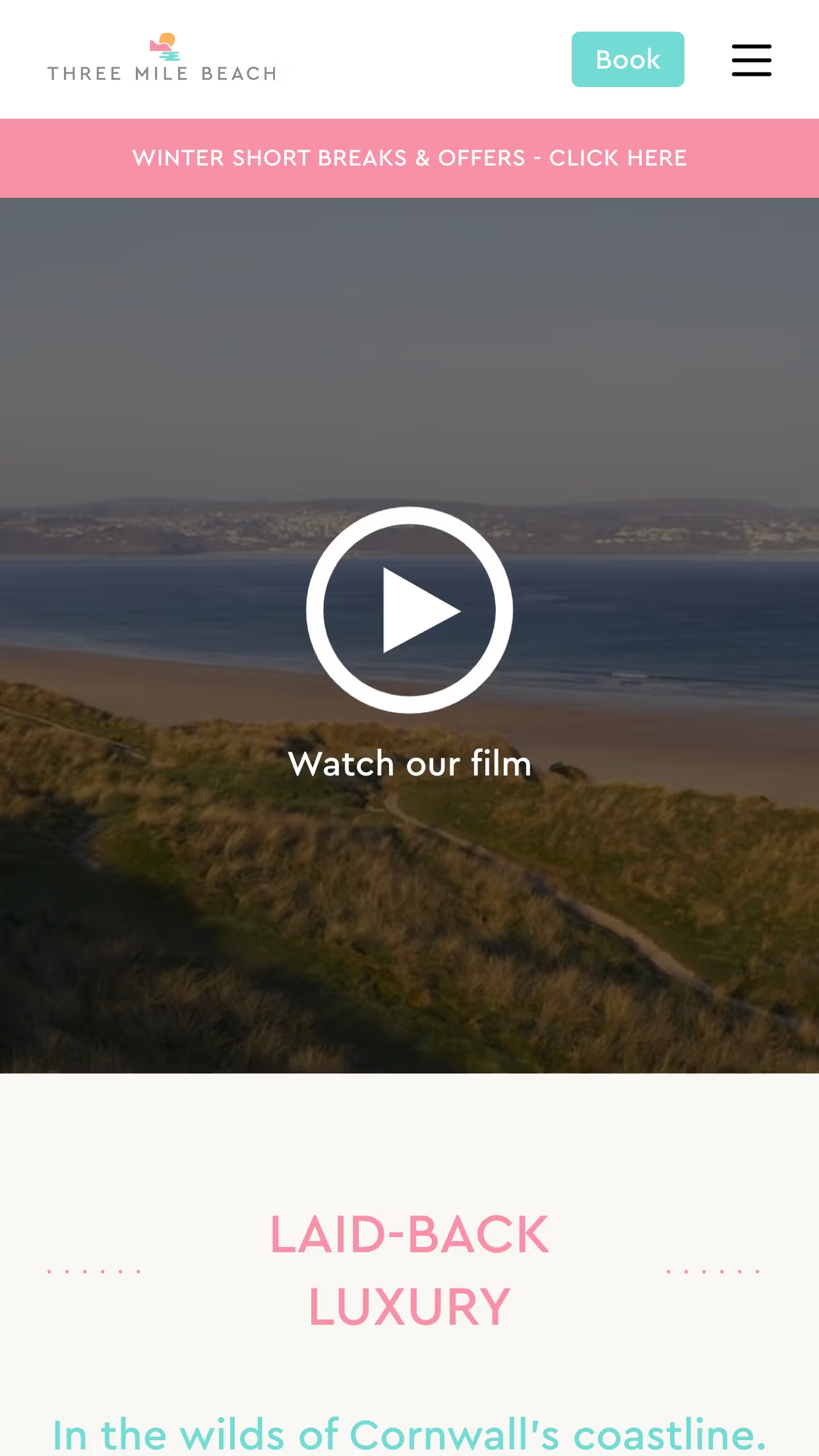
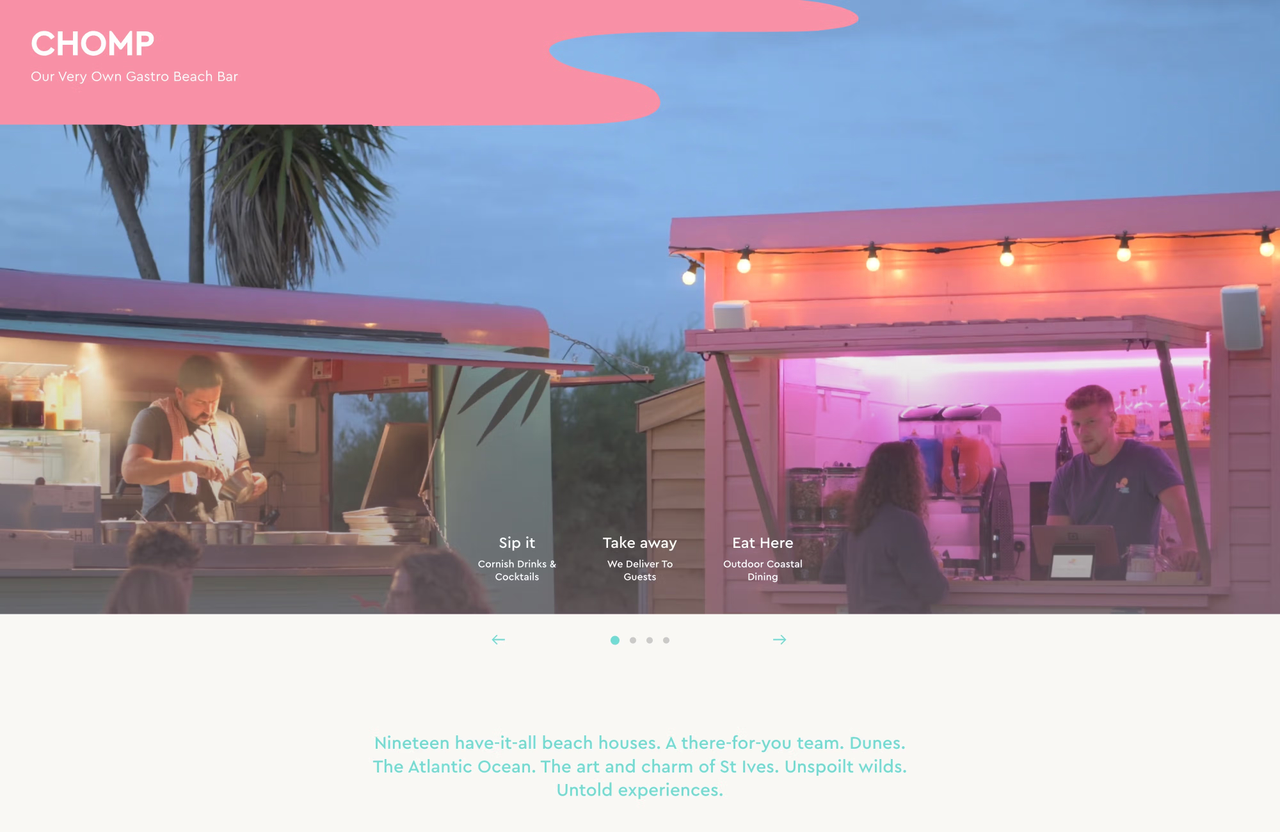
Website Solution
We designed the website following research and strategy phases, in which we looked at Analytical data in order to help to provide design direction.
We developed the website upon WordPress, providing the marketing team at Three Mile Beach with over 20 thoughtfully styled components which they can choose from when adding new content, ensuring brand consistency throughout the website. We also applied bespoke tracking, allowing Three Mile Beach to track user behaviour and assess patterns so they can strategically place call to actions in order to generate enquiries.

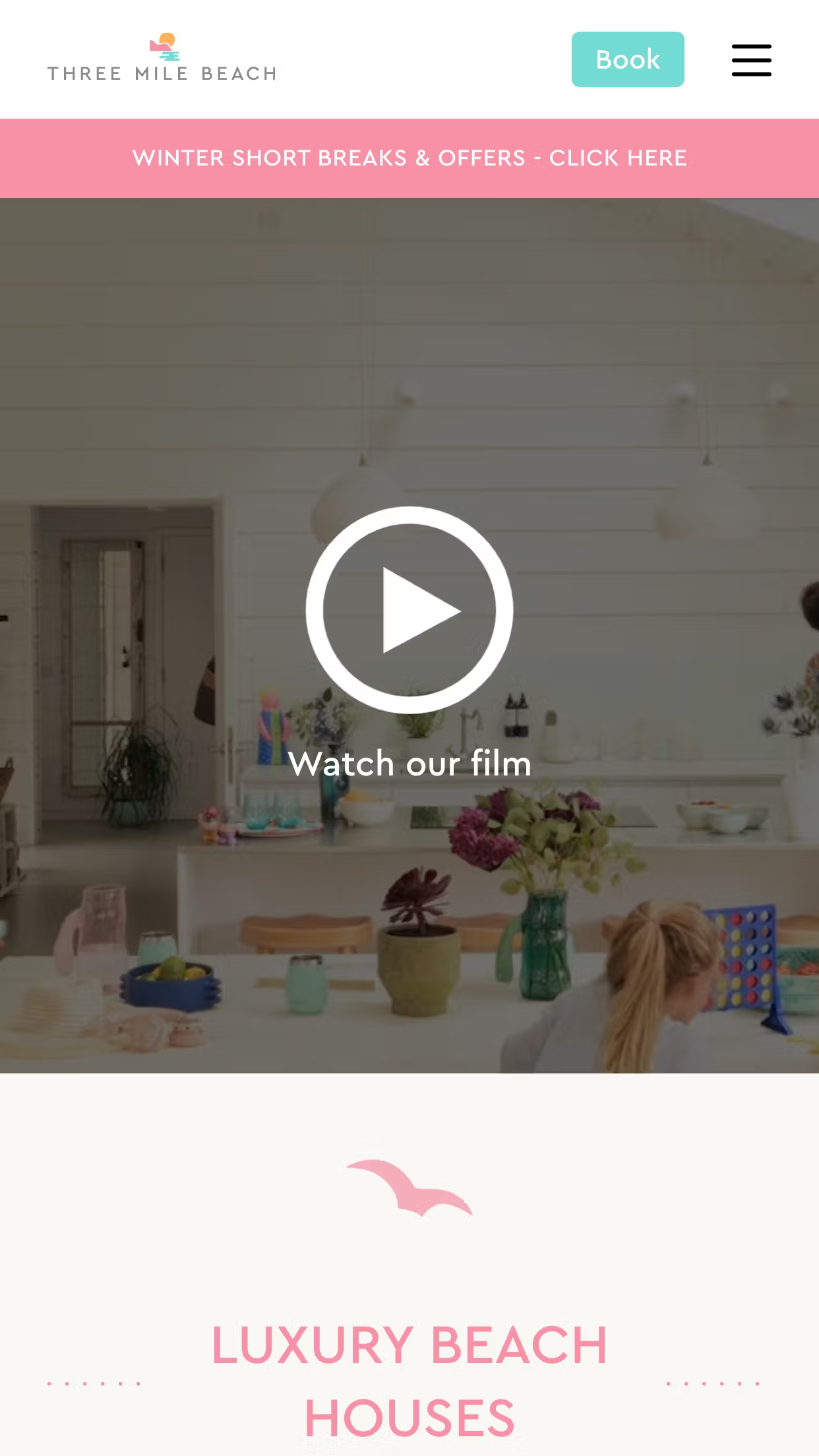

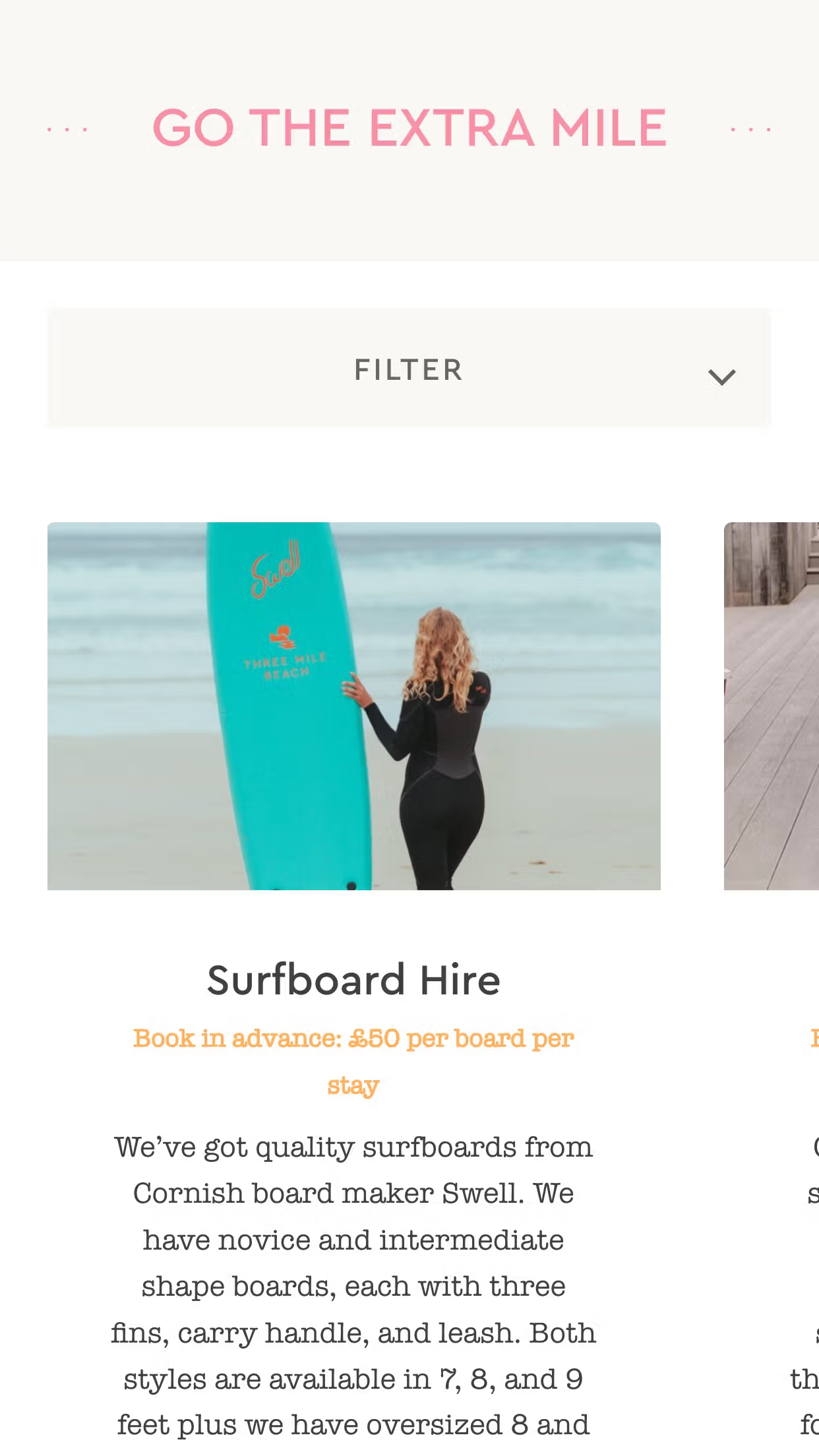
App Solution
We created wireframes for the guest app having prioritised the functionality available to guests. Once this phase was complete, we created design concepts and put together an interactive prototype which enabled the team at Three Mile Beach to navigate through the designs as if they were using an app.
Once the designs were signed off, we then developed the application and set up a WordPress installation separate to the app which allows Three Mile Beach to edit all content within the app.
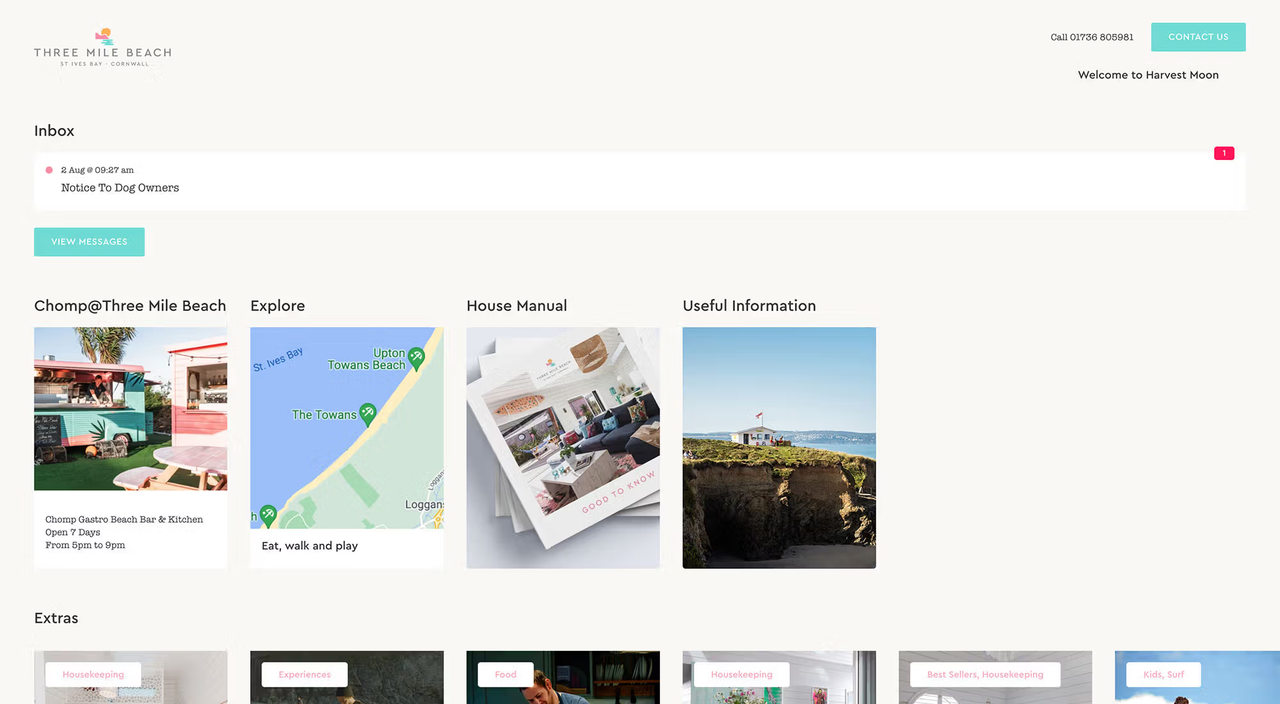
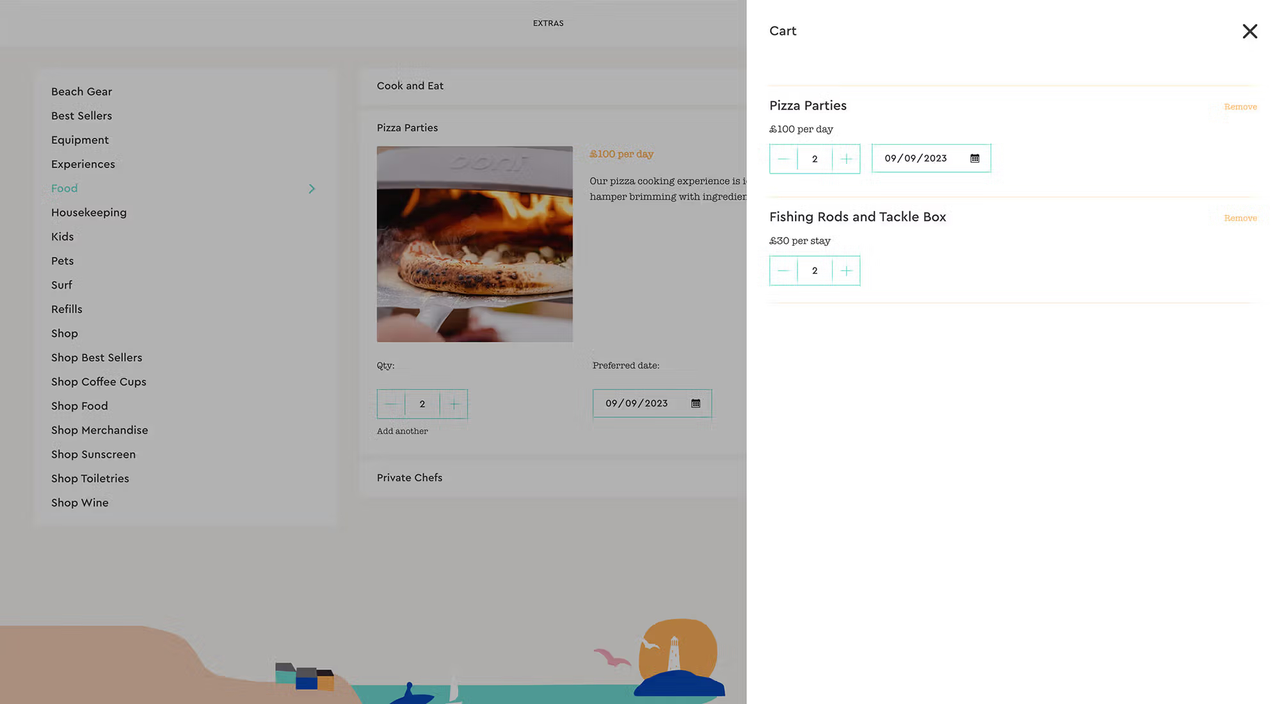
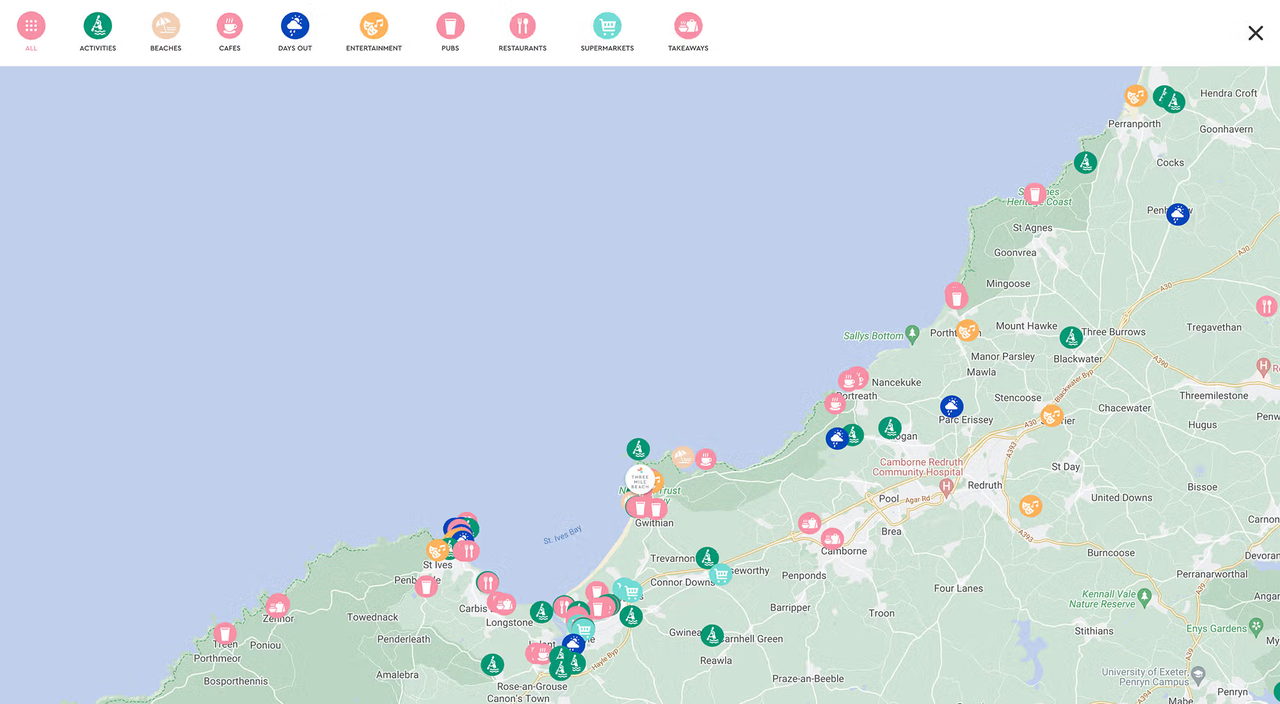
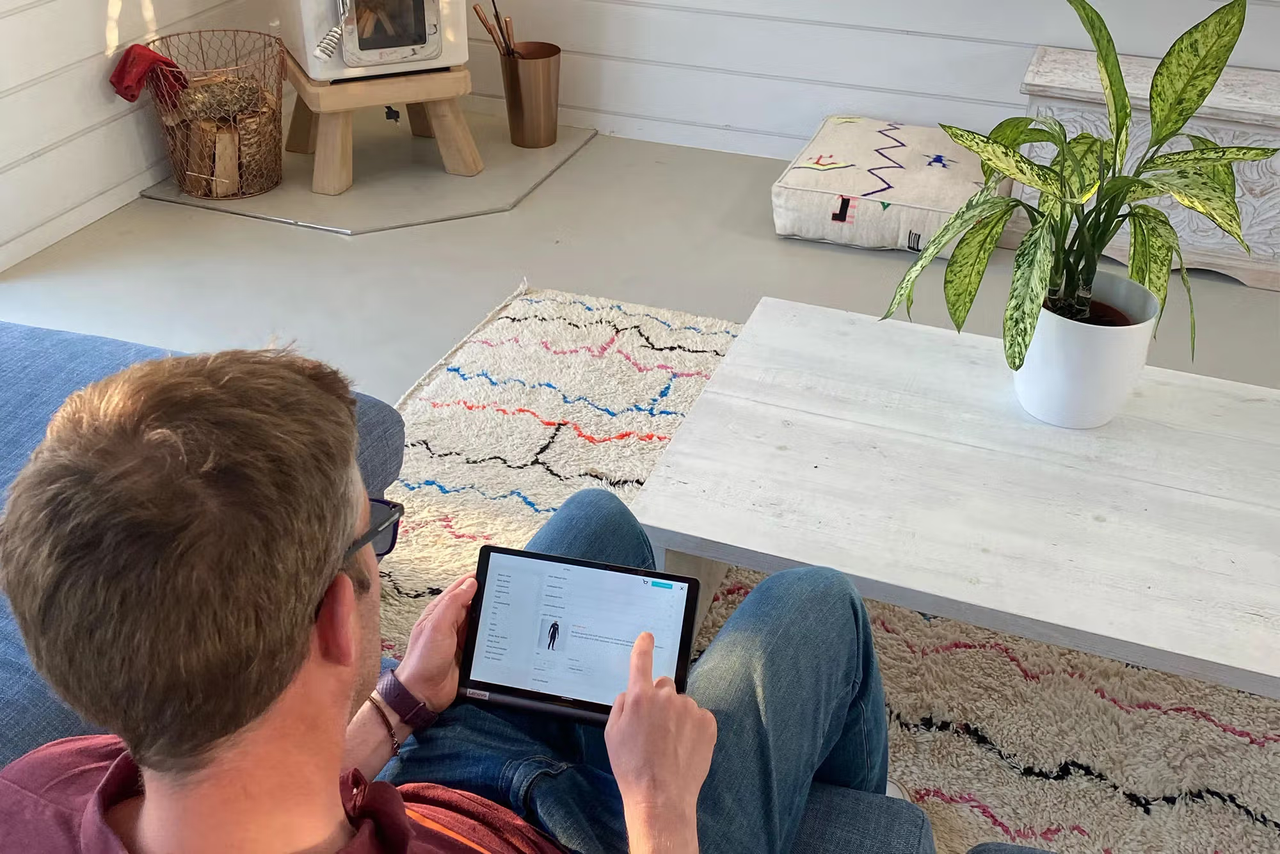
Working with Rumbl has been an absolute game-changer for our business! From the very first consultation, they understood the unique needs of our hospitality brand and delivered a website that not only looks stunning but is also user-friendly and optimized for bookings. The design is sleek, modern, and perfectly reflects the essence of our business, making a fantastic first impression on visitors. From websites to tablets with built-in kiosk apps which have been tailored by Rumbl to suit our bespoke service as well as being perfect for our in-house clients to view, all makes working with Rumbl astonishing.
Marley BennettsDuty Manager, Three Mile Beach
Website Desktop Speed
83%
Increased Website Impressions
114%